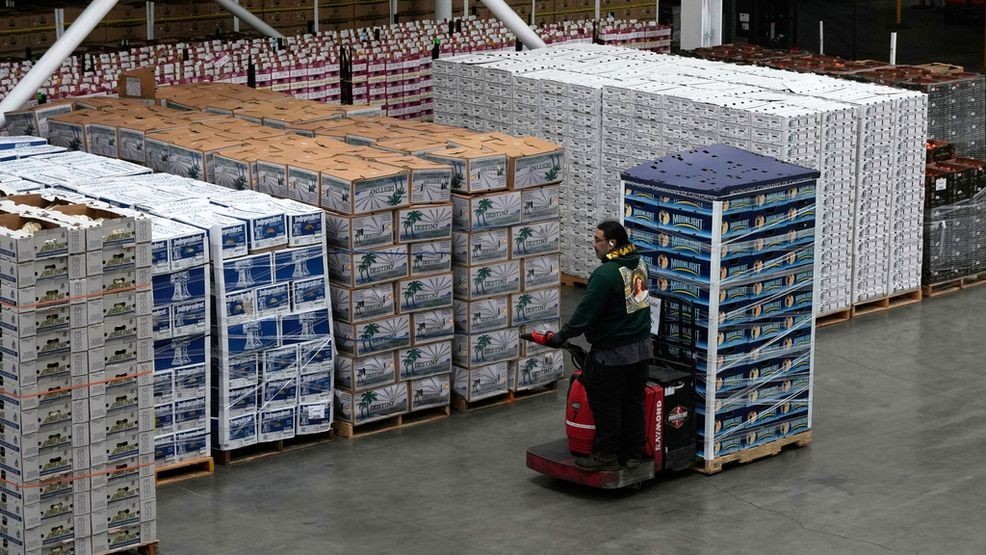SEATTLE — Food banks and distributors in Seattle are expressing serious concerns over the uncertain future that awaits them in serving their communities, as cuts to the federal supplemental nutrition assistance program (SNAP) begin to take hold nationwide.
Aaron Czyzewski, the Director of Advocacy and Public Policy at Food Lifeline in Seattle, which is a distribution center for upwards of 300 food banks in Western Washington, told KOMO News that even before the changes to SNAP, his warehouse has been stretched to its limits recently.
“When I talk about this warehouse turning over every few days, it’s that we just cannot simply, we don’t have enough food to meet the demand,” Czyzewski explained. “Food insecurity in Washington state right now is higher than during the peak of the pandemic.”
Both the West Seattle Food Bank and the Food Bank at Saint Mary’s, just off 23rd Avenue near Lake Washington, say they’re seeing higher numbers of walk-ins every week that they’re serving, and that rising food costs are making it difficult to supply their shelves. In addition, donations aren’t coming in as much as they used to.
The Washington State Department of Social and Health Services (DSHS) explained to KOMO News that upwards of 1 million Washingtonians use SNAP every month, but after federal changes to eligibility requirements, they estimate almost 140,000 of them could be at risk of losing benefits altogether.
According to the Center on Budget and Policy Priorities, a nonpartisan research and policy institute, the new requirements would change as follows:
Parents with children over the age of 6, and adults aged 55 to 64 will have to prove they work 20 hours per week, or qualify for an exemption, such as a disability.If not, those individuals, or families, could only receive three months worth of food within a 3 year period.
Gov. Bob Ferguson’s office previously said the cuts will also reduce SNAP benefits to the average household under the Thrifty Food Plan by about $56 per month. His office also says it will decrease the maximum allotment per household. For example, the maximum allotment for a family of four would drop from $975 to $848.
Czyzewski also explained that SNAP would no longer naturally grow with inflation, to help with purchasing power, as it had previously.
As a result of the cuts on the State level, DSHS told KOMO News that the state will be required to contribute 5 to 15% towards the cost for SNAP, which would mean $100 to $300 million for Washington. Those contributions are required starting October 1, 2027.
“Nobody’s told me where that money’s going to come from.” Czyzewski wondered, saying he doesn’t know how each state will take on that kind of money year after year, especially Washington, which is amid a historic budget shortfall.
RELATED: Washington state legislature approves $77 billion budget amid tax debates
KOMO news reached out to Ferguson’s office on Friday afternoon to ask if they’d be committed to paying the hundreds of millions of dollars to continue SNAP for Washington residents, but had not received a reply.
Previously, Ferguson had stated in a press release from early that, “This [Big Beautiful Bill] takes food from our most vulnerable Washingtonians to give tax breaks to the ultra-wealthy,” Ferguson said. “This bill is only beautiful to billionaires.”
To learn how you can help Lifeline with donations, you can click here, or contact your local food bank in your area, to see how you can assist.


Dining and Cooking